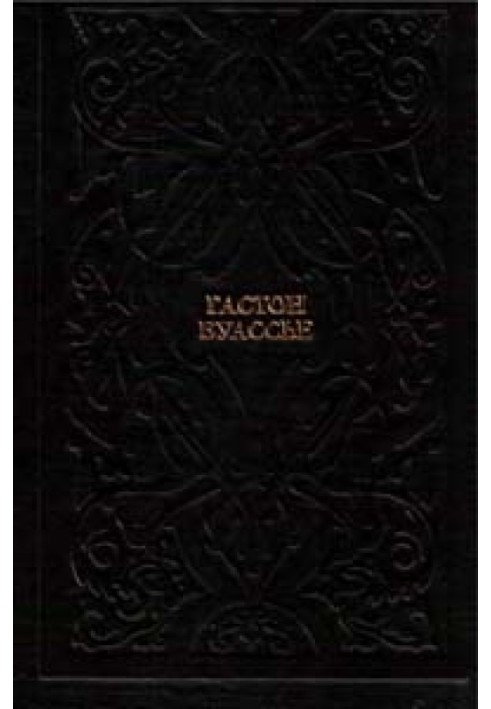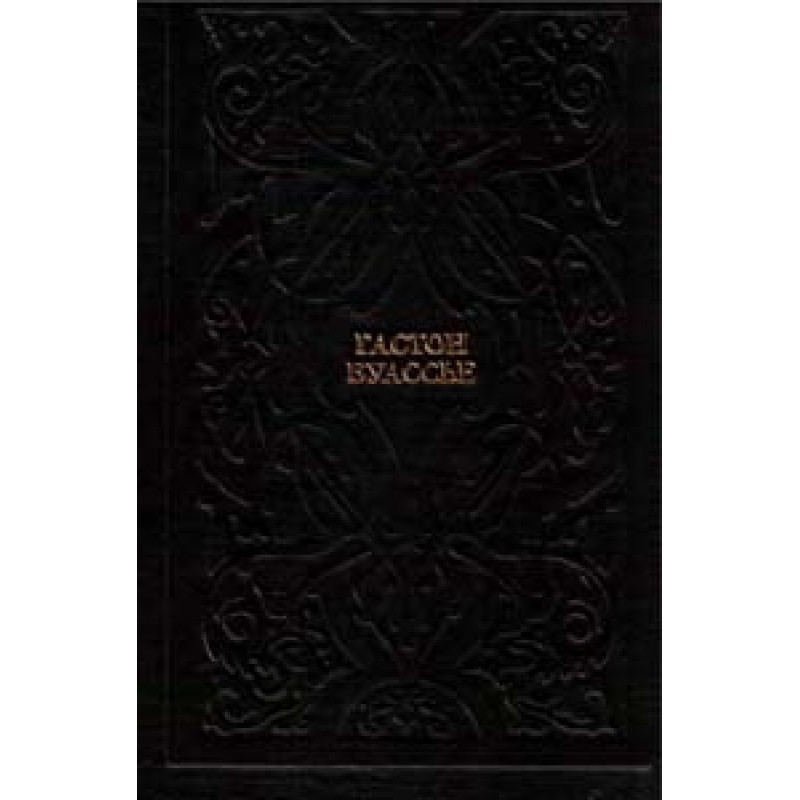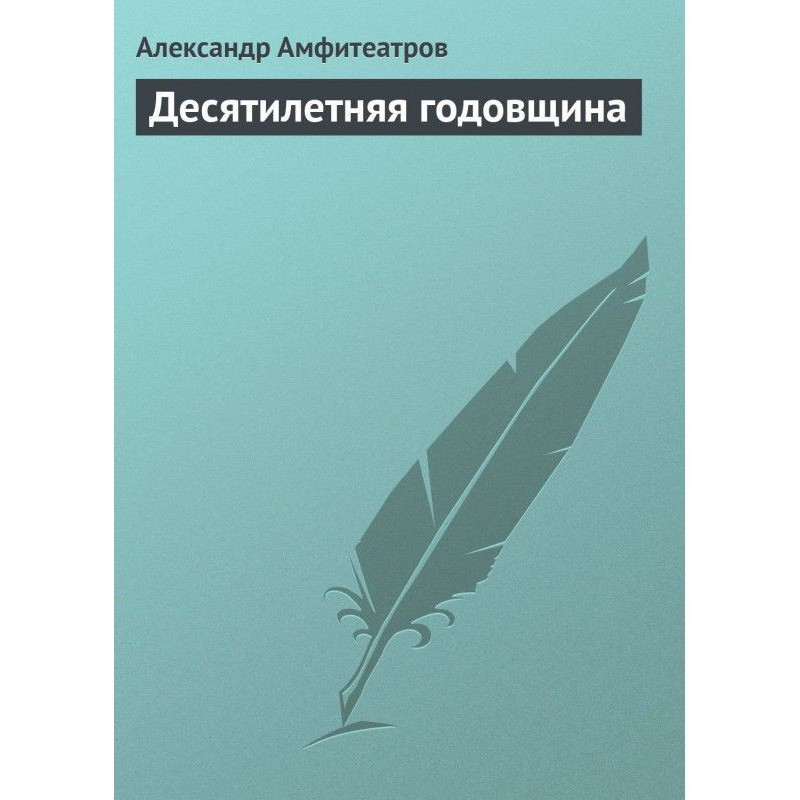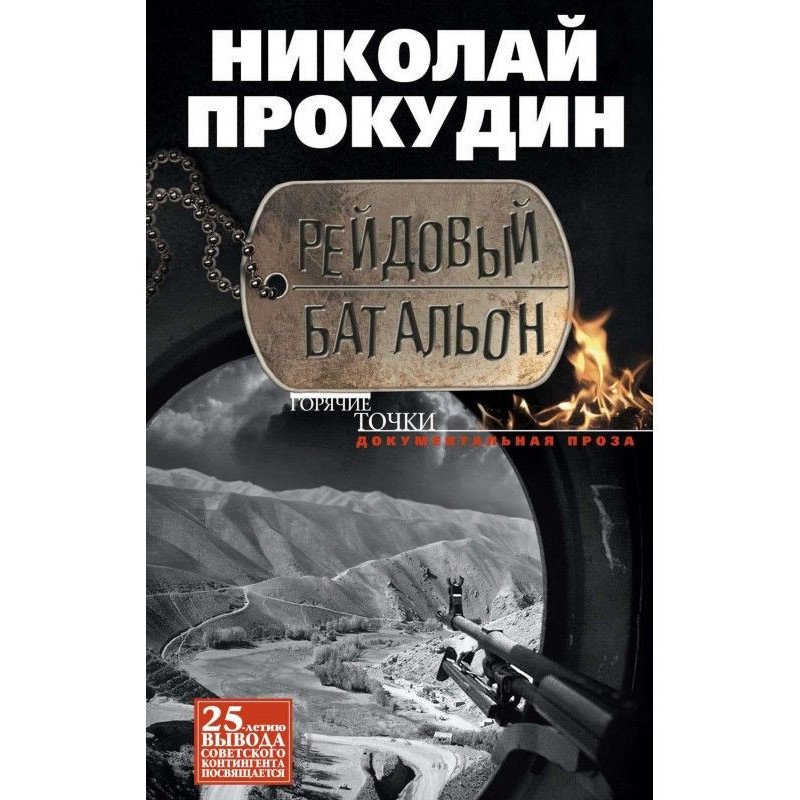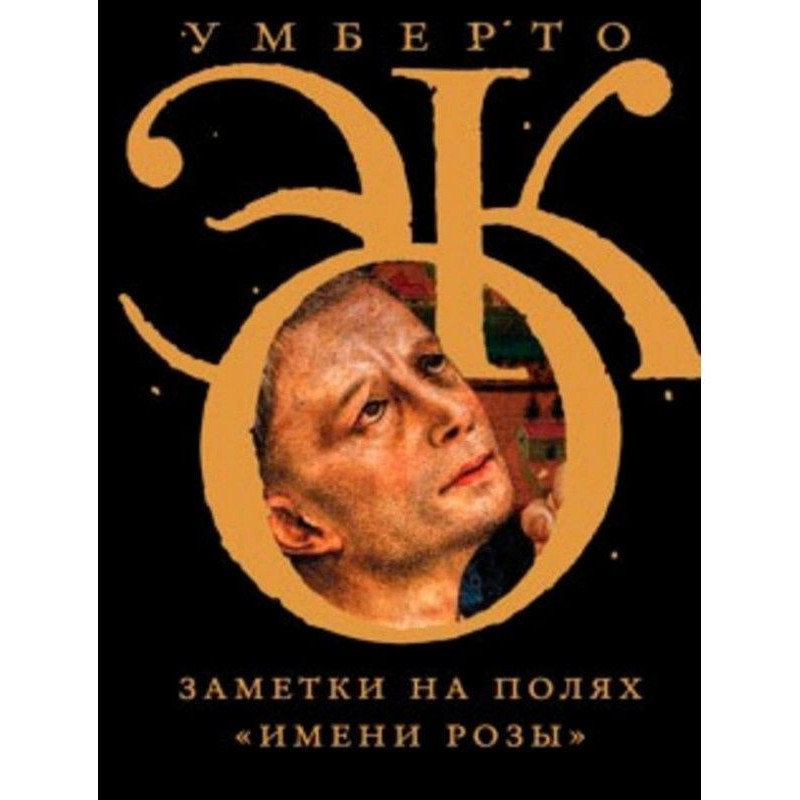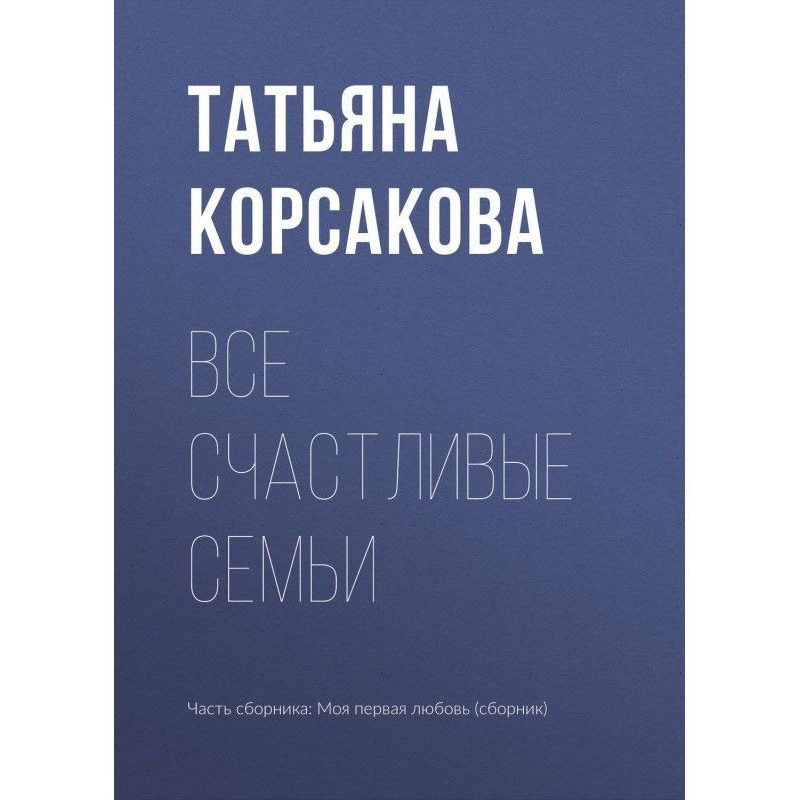Vol. V The Fall of Paganism. Books I - III
 Instant download
Instant download
after payment (24/7)
 Wide range of formats
Wide range of formats
(for all gadgets)
 Full book
Full book
(including for Apple and Android)
The work “The Fall of Paganism” made up the contents of the fifth volume of collected works. It is devoted to the study of religious processes that took place in the 4th century, from the time of the conversion of Emperor Constantine to Christianity until the death of Augustine, although, we note, the author often goes beyond this time frame when it is necessary to trace the history of the emergence of certain phenomena, in particular when an outline of history is given apologists of the 2nd century or the traditions of Roman education. The main advantage of the work is Boissier’s inherent ability to combine elegance of presentation with thoroughness of research. The reader will find here magnificent portraits of state, religious, literary figures of the era - the emperors Constantine and Julian, Augustine, Pavlin of Nolan, as well as essays on history education in the Roman Empire, about the emergence of Christian poetry, about the Roman nobility (according to the letters of Symmachus). CONTENTS: Preface to the new Russian edition 7 Preface to the first Russian edition 11 Preface by the author 27 BOOK I. VICTORY OF CHRISTIANITYChapter I. Conversion of Constantine 31I. Constantine attacks Maxentius. The state of the empire at this time Diocletian's mistakes. Persecution. The position of Constantius Chlorus in relation to Christians. Youth of Constantine 31II. The time of Constantine's conversion. Zosima's story. Official documents show that Constantine became close to Christianity earlier than 312. Lactantius' story. Eusebius's story 40III. Objections made to Eusebius. The usual idea of the character of Constantine. What it really was 45IV. Explanation Eusebius' story. Two specific parts of the story The Roman Religion and the Christian Miracle 50V. Pagans, as well as Christians, look at the defeat of Maxentius as a miracle. The consequences that Constantine draws from this. How he explains his success 55Chapter II. Edict of Milan and religious tolerance under Constantine and his sons 59I. What was new in the Edict of Milan. The principle of religious tolerance. What are the reasons for the promulgation of the edict given by Constantine 59II. Under what influence was the Edict of Milan drawn up? Reasons why paganism was hostile to tolerance. Christian Scientists demanded it during persecution. Places in the Edict of Milan that seem contrary to Christianity. How can they be explained 64III. Difficulties encountered in applying the Edict of Milan. Traditions of the imperial regime. Submission of the official religion to the authority of the sovereign. Constantine retains supreme power over the old religion and extends it to the new. His desire is to restore religious unity. The debate he supports against heretics and pagans. Before his death, did he revoke the Edict of Milan and pass laws against tolerance? 79IV. How did the Church accept the Edict of Milan? Her relationship to pagans, to Christians and to heretics. The case of the Donatists. Polemics against them St. Augustine. Carthage Cathedral. Intervention of civil power in the punishment of heretics. How does St. justify this? Augustine. The results of this intervention are 80V. Laws of Constantine against paganism. Christianity and public games Laws of Constantius. Were they carried out? 92Chapter III. Emperor Julian 97I. Pagan reaction under Julian. How Julian became a warrior. How he turned into a pagan. The first years of his life. His pride in his Hellenism. Hellenism. Julian among the orators, among the sophists. What mainly attracted him to paganism 97II. Julian did not understand Christianity. The reasons why he had a bad attitude towards Christianity. Letters to Sallust. Eulogies. He announces his conversion 110III. Julian attacks Christianity like a philosopher. Book Against Christians Religious teaching of Julian. Treatise on the Sun King. The superiority of Christianity compared to this teaching. Experience of pagan preaching. Organization of the pagan clergy 116IV. Relations of Julian, as emperor, with Christians. He promises religious tolerance. How he keeps his promise. His passion for pagans. It prohibits Christian teachers from teaching. - Why? 128V. The result of the Julian measure. It does not satisfy many pagans. It attracts few Christians to paganism. Established views on it. His real character 137BOOK II. CHRISTIANITY AND ROMAN EDUCATIONChapter I. Public education in the Roman Empire 149I. The oldest education among the Romans. How noble children were raised Folk education. Primus magister or litterator. Primary school in the Roman Empire 149II. Greek education in Rome. Grammar. Rhetoric 157III. Teaching private and public. Vespasian establishes a public chair of eloquence in Rome. Municipal education in the Roman Empire. Patronage given to him by the emperor Position professors. How are they assigned? Foundation of the University of Constantinople. University Monopoly 161IV. Organization of the Roman school. Professors. Grammarians and rhetoricians. Their position. Students. Attitude of teachers to students. Bad schoolchildren 172V. How rhetoric became the basis of ancient education. Cicero's futile resistance. Quintilian system. The danger of such upbringing; his success; it ends the conquest of the world for the Romans 180Chapter II. How Christianity adapted to Roman education 193I. The aversion of Christians from a purely pagan upbringing. Tertullian's opinion. It allows young people to attend schools. Christian professors. Edict of Julian prohibiting them from teaching 193II. The importance of the book in teaching. Attempt of the Apollinaris Return to the study of pagan works. Why doesn’t it occur to Christians to study literature from sacred books and sacred writers? Treatise of St. Augustine "On Christian Doctrine" 197III. What could be learned for general education from the treatise “On Christian Doctrine”? Why was nothing new added to it in the 4th and 5th centuries? Education under Theodoric. Ennodium. Cassiodorus. Conclusion 205BOOK III. CONSEQUENCES OF PAGAN EDUCATION FOR CHRISTIAN WRITERChapter I. Tertullian's treatise "On the Cloak" 213I. Tertullian. His character. The position of Christians among the pagan society of that time. The questions they ask themselves. How Tertullian answers them. Treatise De idololatria. Professions from which a Christian should avoid. Entertainment that he must deprive himself of. The severity of Tertullian. The dangers presented by this severity. Confusion that has penetrated the conscience of Christians. Irritation of public authorities. Tertullian's opinion on persecution 213II. Treatise "On the Cloak". Tora and pallium. Why Tertullian stopped wearing a toga. Reproaches addressed to him. How he answers them 228III. Tertullian's reasoning in the treatise "De pallio". Style. Ideas Why he wrote his book. The influence of rhetoric on Tertullian 237Chapter II. "Octavius" Minutius Felix 246I. Dialogue entitled Octavius. Interlocutors. Scene of action. Introduction 246II. Reasonings of Caecilius. Do they represent reproductions of Fronto's speeches? The personality of Cotta in Cicero's De natura rerum. How is Caecilius similar to him? Caecilius in one time skeptic and pious man 251III. Octavius's speech. How he uses ancient philosophers to refute Caecilius. His defense of Christianity. He doesn't talk about Christ or the Gospel. How was this silence explained? Was he a convert who did not know his religion well? He didn't want to say everything. Why? What kind of people is he addressing? Efforts to defeat secular people. Christianity of Minucius 259Chapter III. Conversion of St. Augustine 271I. Various stories of St. Augustine on his conversion. The difference lies in them. How to explain it 271II. The opposite impressions received by St. Augustine in his youth His mother wants to make him a Christian, his father a scientist. Education of St. Augustine. Stay in Carthage. Chaotic life. Reading "Hydrangea". It's being done Manichaean. His private life 274III. St. Augustine is professor at Carthage, Rome and Milan. Relations with St. Ambrose. The last moments of the struggle. Appeal 282IV. Cassisiacum Refuge. The community gathered there. What were they doing there? Grammar and literature classes. Philosophy. The nature of the works written at that time by St. Augustine. The fight against academics. In what form does he present his appeal? Concessions to scientists 290Chapter IV. How religious and secular elements merged in Christianity 301I. The struggle of school memories with Christian feeling in St. Jerome His polemic with people who reproached him for frequently quoting secular authors. How and under what conditions, in his opinion, can a Christian use pagan antiquity? Christian speeches and consolation 301II. What St. Augustine intended to do after his stay in Cassisiak. How he changed his intention. What he thought at the end of his life about secular writers and the services they can provide. St. Ambrose. How he uses pagan antiquity in his works. Conclusion 307PERSECUTION 317I. Number of persecutions 319II. Doubts regarding persecution 321III. Are the atrocities committed against Christians believable? 326IV. What laws were Christians subject to 328V. Legal proceedings, which were followed in the trials of Christians 336VI. The courage of Christians during the torment 340VII. The special nature of the first persecutions 344VIII. Is it possible to count the number of victims of persecution? 349APPENDICES:Comments 363Dictionary of ancient terms 383List of abbreviations 385Bibliography 393
Data sheet
- Name of the Author
- Гастон Буассье
- Language
- Russian
- Translator
- Коллектив авторов
Reviews
Вражаюче дослідження релігійних процесів IV століття
Книга "Падіння язичництва" є справжнім шедевром, який глибоко занурює читача в релігійні та культурні зміни, що відбувалися в IV столітті. Автор майстерно поєднує історичні факти з аналітичним підходом, що дозволяє зрозуміти, як християнство змінювало світогляд людей того часу. Вражають детально прописані портрети історичних діячів, таких як імператор Костянтин та святий Августин, які оживляють епоху та надають їй людського виміру. Книга також пропонує цікаві нариси про освіту в Римській імперії та розвиток християнської поезії, що робить її не лише історичним, але й культурним документом. Я б рекомендував цю книгу всім, хто цікавиться історією релігії та культурними змінами, адже вона відкриває нові горизонти в розумінні нашого минулого.

